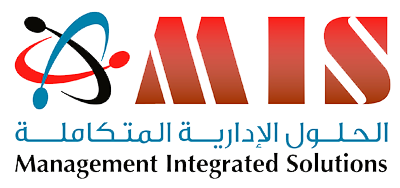Program objectives:
At the end of the program, participants will be able to:
• Understand the critical role of TNA in the training cycle
• Utilize TNA instruments in identifying training and development needs
• Develop effective training plans and programs
• Prioritize training and development needs and link them to HR strategies and priorities
• Understand the importance of measuring training effectiveness
• Know how to utilize Jack Philips and Kirk Patrick Models for measuring training effectiveness
• Link training KPIs to the organizational KPIs
• Measure ROI
Program Outcomes:
• Deploy training needs assessment tools and techniques
• Collect and analyze the target data
• Develop a training plan document
• Utilize ROI techniques for measuring ROI on talent.
• Program Contents:
Cognitive Dimensions of the Training Needs Analysis:
• Concept and importance of TNA
• The critical role of TNA in the training cycle
• The distinctive relationship between TNA and HR strategies
• TNA approach
Identification of Training Needs:
• Organizational analysis:
• Gathering and analyzing information
• Analysis of the corporate strategic drivers, plans and capabilities
• Task Analysis:
• Competency dictionary review
• Work standards and performance criteria review
Individual Analysis:
• Assessment of the existing competency levels
• Identification of the competency gaps
• Identification of the performance gap
Developing Training Plan:
• Setting training objectives
• Developing training programs
• Setting training Plans
Delivery of the Training Programs:
• Program contents and training needs analysis
• Delivery techniques and training requirements
Measuring Training Effectiveness Methods:
• Action plans for assessment:
• Identification of objectives and performance indicators
• Data analysis
• Benchmarking and analysis of change
Reaction:
• Analysis of questionnaire
• Focus Group
• Direct feedback analysis
• Learning Results:
• Analysis of learning
•Immediate superiors feedback
• Behavioral Changes:
• Analysis of questionnaire
• Observation
• Analysis of supervisors reports
Business Results:
• Analysis of Financial results
• Analysis of changes in productivity and performance
• Measuring ROI:
• Identification of direct and indirect training costs
• Identification of the tangible and intangible rewards
• Calculation of ROI
• Target Participants:
• This program is designed for employees who are interested in leveraging their training and development competencies
Program Delivery and Training Methodology:
• Workshops
• Lectures
• Exercise
• Group Discussion
• Case studies
